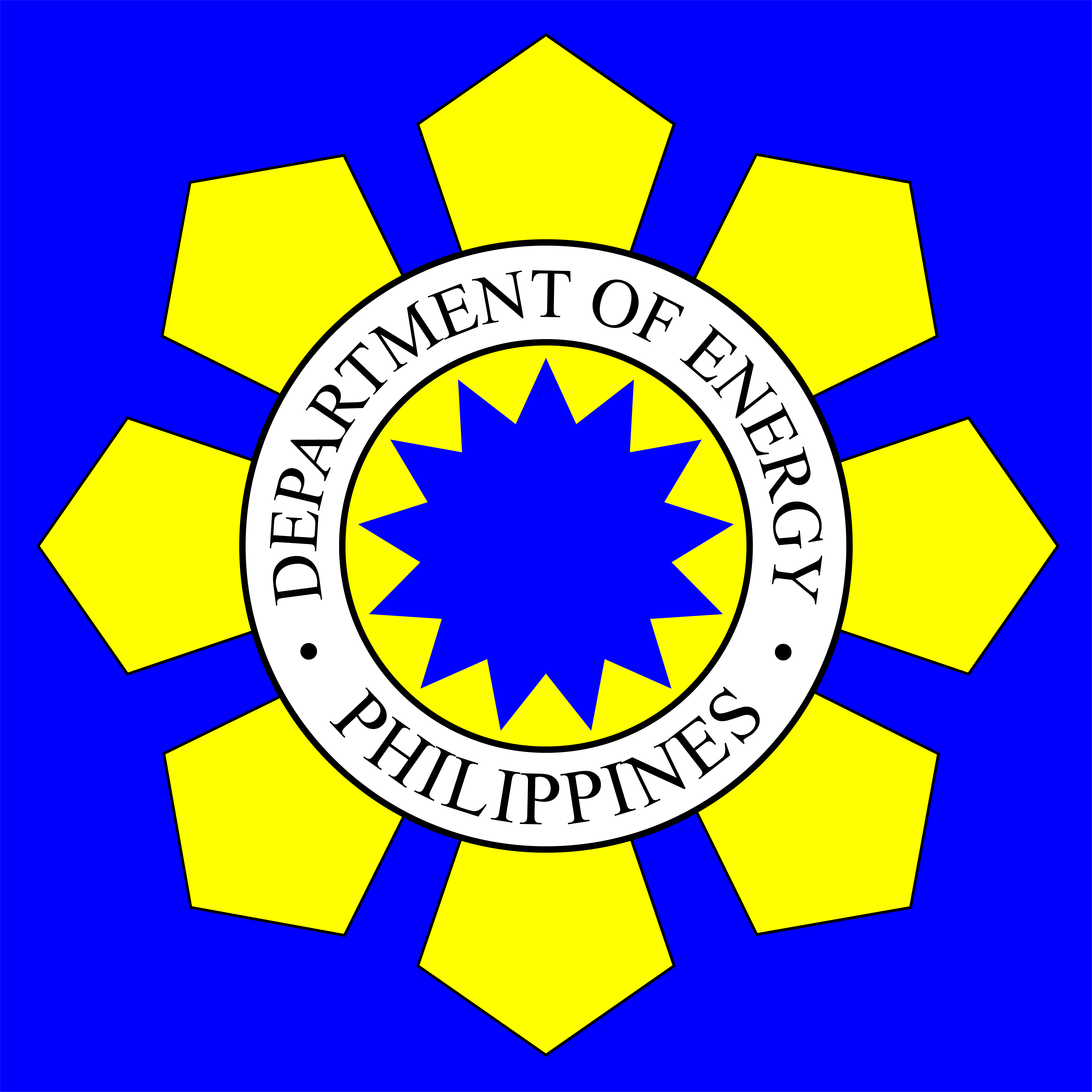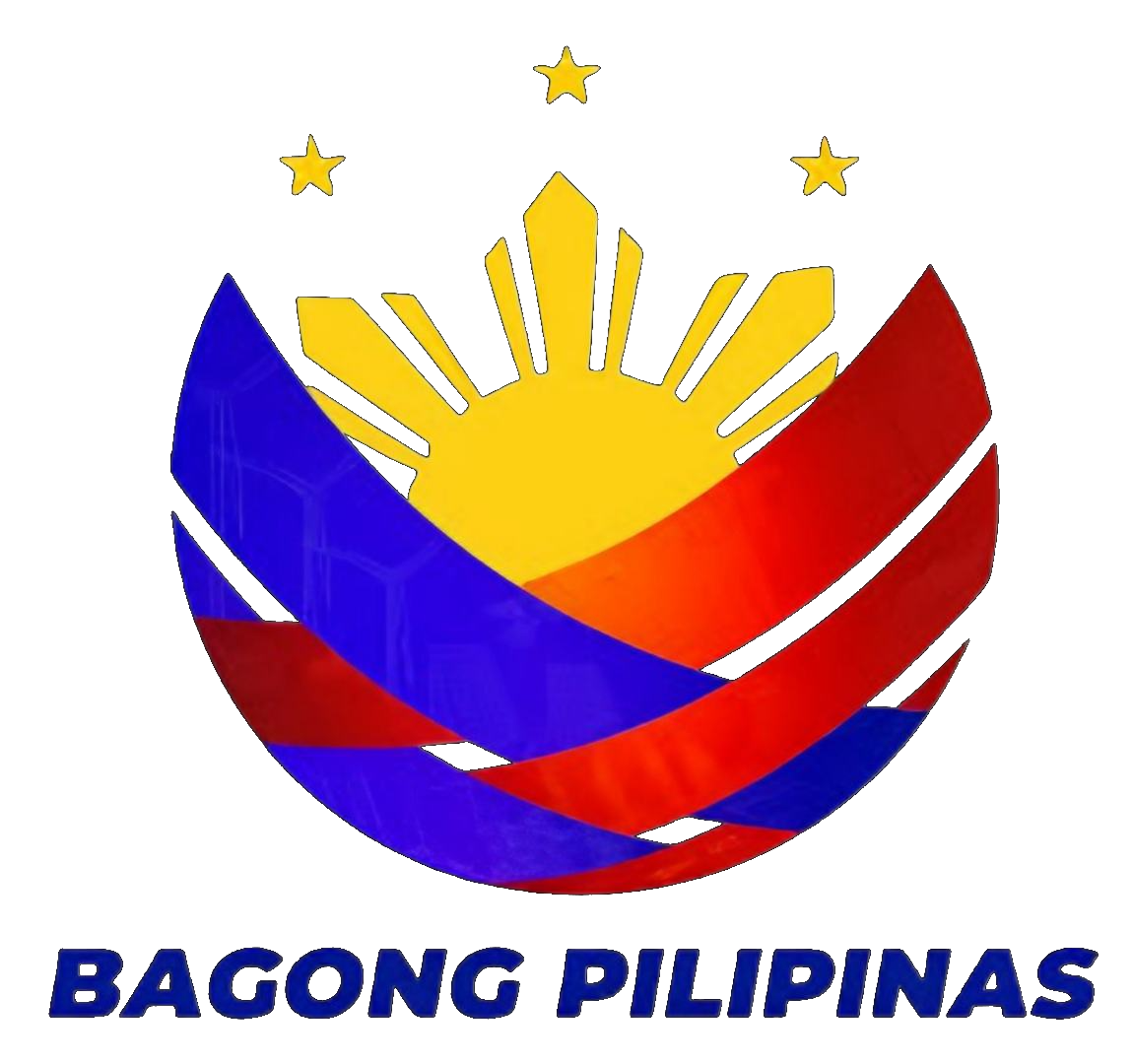27 Results
Downstream Natural Gas
Downstream Natural Gas
The birth of the Philippine natural gas industry brings the country closer to its goal of harnessing environment friendly fuels to ensure a stable, diverse and secure energy supply. However, the growth of this industry is anchored on the development of additional gas-generated capacity, other non-power applications and the necessary infrastructure that is to bring the natural gas to its potential markets. The infrastructure includes the appropriate pipeline transmission and distribution networks, LNG terminals and facilities, gas refilling stations for CNG-run vehicles and ancillary facilities.
In the absence of the law for the natural gas sector, the stage for the industry’s development has been set with the preparation of a gas policy framework, industry rules and regulations. A clear and concise policies, objectives, programs and strategies formulated by the DOE, together with the critical cooperation and participation of the private sector, development of a natural gas industry is ensured.
While there is still much to be done, the DOE will be at the forefront of efforts to rally the participants in this new industry to success.
STUDIES:
Consultation on the Phase 2 Report of the Philippine Natural Gas Master Plan
First Report of the Natural Gas Master Plan
Study on Collecting Information and Verification on Promotion of Utilization of Clean Energy Sources (JICA, December 2011)
Mindanao Natural Gas Market Development Strategy (Final Report)
Department Circular 2024-06-001 by PSA
regulation on Downstream Oil and Natural Gas
Registered Liquid Fuel Retail Outlets or Gasoline Stations
Registered Liquid Fuel Retail Outlets or Gasoline Stations
Registered Liquid Fuel Retail Outlets/ Gasoline Stations
List of Liquid Fuels Retail Outlets/ Gasoline Stations with Valid Certificate of Compliance (COC) in Regions
Registered Liquid Fuel Retail Outlets and Gasoline Stations
Registered Liquid Fuel Retail Outlets and Gasoline Stations
Downstream Oil Industry
What Do We Pay?
Date Posted: August 19, 2022
Attachment:
what-do-we-pay-08162022.pdf
Downstream Oil
What Do We Pay?
Date Posted: August 19, 2022
Attachment:
what-do-we-pay-08162022.pdf
Apply for SCC - Dummy
Issuance of Standards Compliance Certificate (SCC) for Liquefied Petroleum Gas (LPG) Auto LPG Dispensing Station
LFO Mandate and Functions
Implements regional policies, plans, programs, and regulations of the department relating to energy resources exploration and development, its judicious and efficient utilization, ensures adequate, efficient, and reliable supply of electricity and monitors the development in the downstream oil industry, development and utilization of renewable energy (RE) resources such as geothermal, hydro, ocean, biomass, solar, and wind with due regard to the environment and sustainable development in Luzon.
Mandate and Functions
Implement regional policies, plans, programs and regulations of the Department relating to energy resources exploration and development, its judicious and efficient utilization that ensures adequate, efficient, and reliable supply of electricity and monitors the development in the downstream oil industry, development and utilization of the renewable energy resources with due regard to the environment and sustainable development in the Visayas.
Philippine Energy Plan
Philippine Energy Plan 2020-2040
Overview
As the country faces a multi-faceted challenge on its pandemic response programs, amidst the imposed lockdowns on economic activities, the Department of Energy (DOE) is presenting a track to attain an inclusive and equitable economic growth made possible through the provision of secure, sustainable, and resilient energy strategies. The Philippine Energy Plan (PEP) 2020-2040 is the second comprehensive energy blueprint supporting the government’s long-term vision known as Ambisyon Natin 2040. This updated plan, like its predecessor (PEP 2018-2040), reiterates the energy sector’s goal to chart a transformative direction towards attaining a clean energy future.
Paving the path of transition into a more sustainable and resilient energy system, the sector’s direction has always been steered by Secretary Alfonso G. Cusi. This is in recognition to the message conveyed by President Rodrigo Roa Duterte of the energy sector requisites – sustainability and availability of energy to wean away from traditional sources and development of alternative ones.
To carry out the President’s instructions, the Energy Secretary clearly pointed the transformative changes imperative to align with the Administration’s call. These resulted into policies directed by the Energy Secretary and include, among others, the aggressive Renewable Energy (RE) and Energy Efficiency and Conservation (EEC) institutionalization programs, the moratorium on new coal power projects, a mechanism allowing foreign ownership on large-scale geothermal projects under financial and technical assistance agreement or FTAA, the resumption of indigenous oil and gas exploration, the introduction of liquefied natural gas (LNG) portfolio, establishment of strategic petroleum reserves and exploration of Hydrogen's potential.
Having the policies in place, the Energy Secretary reaffirmed the sector’s mindfulness in putting consumers first and that energy must be equitable to all Filipinos. The crafted PEP 2020-2040 is the amalgamation of the envisioned transition and transformation resonated by the Administration. Under its Clean Energy Scenario (CES), the PEP provides for ambitious plans, policies and targets on renewable energy, natural gas, alternative fuels, and energy efficient technologies. To make the country’s low carbon energy transformation a reality, the following goals have been set for the medium to long-term planning horizon:
Click to view/download Philippine Energy Plan 2020-2040
Reference Scenario
Present development trends and strategies continue;
35.0 percent renewable energy share in the power generation mix by 2040;
LNG importation starting 2022;
Energy Consumption levels that support an accelerated economic expansion post COVID-19;
Current blending schedule for biofuels (2.0 percent biodiesel and 10.0 percent bioethanol) maintained until 2040;
5.0 percent penetration rate of electric vehicles for road transport (motorcycles, cars, jeepneys) by 2040; and
Current efforts on EEC as a way of life continues until 2040.
Clean Energy Scenario
35.0 percent and 50.0 percent RE share in the power generation mix by 2030 and 2040;
5.0 percent blending for biodiesel starting 2022;
1.5 percent increase in aggregated natural gas consumption from the transport and industry sectors between 2020 and 2040;
10.0 percent penetration rate of electric vehicles for road transport (motorcycles, cars, jeepneys) by 2040;
5.0 percent energy savings on oil products and electricity by 2040; and
At least 12.0 percent reduction in the GHG emission for the Nationally Determined Contribution (NDC).
MFO Mandate and Functions
Implements regional policies, plans, programs and regulations of the department relating to energy resource exploration and development, judicious and efficient utilization of energy resource, ensures adequate, efficient and reliable supply of electricity, and monitors development in the downstream oil industry with due regard to the environment and sustainable energy development in Mindanao
Plans & Programs
Plans & Programs
A. Supply Base Development
Promote Domestic Exploration & Development
The DOE continuously support and promote the exploration & development of natural gas in the country. Likewise, “on-site” or small scale power generation using marginal gas fields will be promoted.
Distribution Utility Profile
Distribution Utility Type Grid Region
1 MERALCO Manila Electric Company PIOU Luzon NCR
2 BENECO Benguet Electric Cooperative, Inc. NEA-EC Luzon CAR
3 IFELCO Ifugao Electric Cooperative, Inc. NEA-EC Luzon CAR
4 KAELCO Kalinga-Apayao Electric Cooperative, Inc. NEA-EC Luzon CAR
5 MOPRECO Mountain Province Electric Cooperative, Inc. NEA-EC Luzon CAR
6 ABRECO Abra Electric Cooperative, Inc. EC-CDA Luzon CAR
7 DECORP Dagupan Electric Corporation PIOU Luzon Region 1
8 LUECO La Union Electric Company, Inc. PIOU Luzon Region 1
9 CENPELCO Central Pangasinan Electric Cooperative, Inc. NEA-EC Luzon Region 1
10 INEC Ilocos Norte Electric Cooperative, Inc. NEA-EC Luzon Region 1
DC 2021-09-0029
GUIDELINES ON NOTICES AND REPORTORIAL REQUIREMENTS PURSUANT TO THE DOWNSTREAM OIL INDUSTRY DEREGULATION ACT
1st Conventional Energy Bid Round for BARMM and 2024 Philippine Energy Bid Round to be launched
Four (4) Pre-Determined Areas (PDAs) shall be offered for investment, exploration, development and production of the BARMM's indigenous resources, as mandated by the Intergovernmental Energy Board (IEB).
“This is another milestone for the Ferdinand Marcos Jr. Administration in advancing the development of the BARMM, following the landmark signing of the Intergovernmental Energy Board (IEB) Circular on the Joint Award of Petroleum Service Contract (PSCs) and Coal Operating Contracts (COCs) in the BARMM area in July 2023,” Energy Secretary Raphael P.M. Lotilla said.
“The resources identified in the BARMM area are enormous assets that we can fully develop. As we go another step forward to harnessing these assets, our aspirations for promoting economic growth, generating employment opportunities, and nurture a thriving business landscape in the region are even closer to realization,” the Secretary added.
The IEB Circular on the Joint Award of PSCs and COCs in the BARMM was signed on 06 July 2023. It operationalizes the provision under Section 10, Article XIII of Republic Act No. 11054 or the Organic Law for the Bangsamoro Autonomous Region to jointly grant rights, privileges, and concessions for the exploration, development, and utilization of uranium and fossil fuels such as petroleum, natural gas, and coal within the territorial jurisdiction of the Bangsamoro.

